IN PHOTOS: The Self-Sufficient Lives of a Fishing Community on an Island Just North of Mumbai
The small group of islanders in Panju has proved how self-belief and doggedness can bring about self-sufficiency in a remote community.
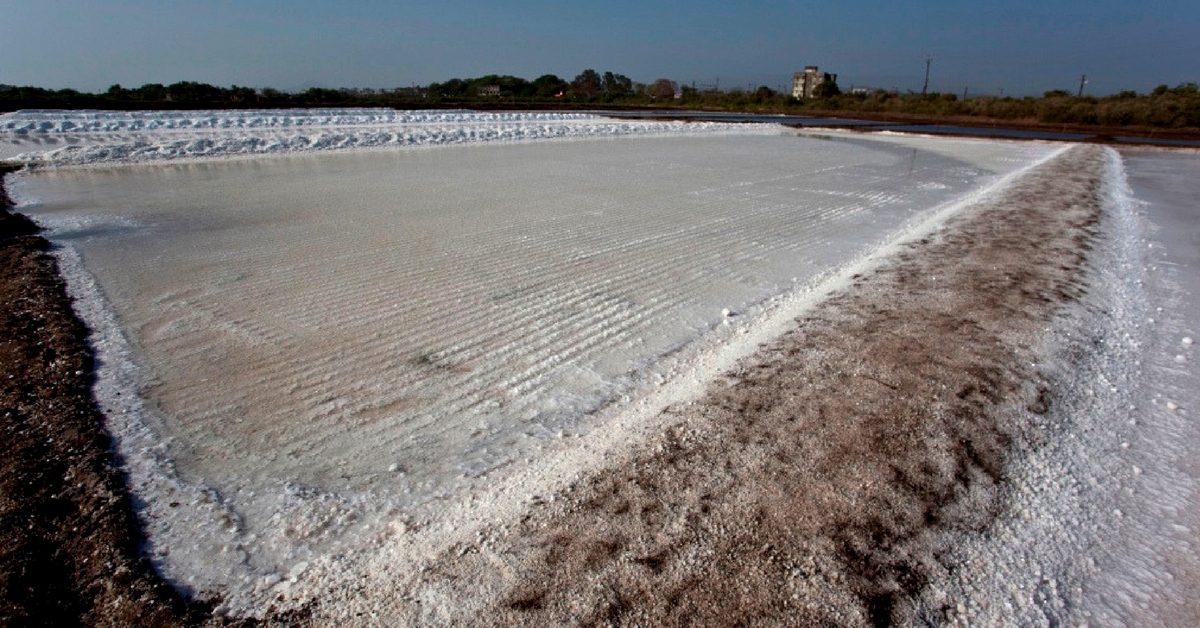
The first fleeting glimpse of Panju Island is visible from any train window on the Mumbai-Ahmedabad rail route as the train races across the bridge above Vasai Creek, that both encircles and protects the island. However, to gain an insight into the islanders’ unique way of life, your actual voyage commences at Naigaon Station.
Exiting the station on the western side, one realises that the narrow road to Panju Jetty is flanked by buildings on one side and salt pans and mangrove forests on the other.

Over the many centuries, the salt pans and relentless urbanisation have intruded into the mangrove swamps, but the hardy forests have managed to survive.
The Naigaon jetty is a covered structure from where an old boat, with its equally ancient engine, chugs between Panju and Naigaon every 15 minutes. Unfortunately, only one boat plies, so the wait can be longer if the tide shifts.
You might also like: In Photos: Pune’s Old Wadas Stand Tall Amid High-Rises as Reminders of a Bygone Era
As the boat approaches Panju, the landscape changes: the foreground is a muddy watery expanse,a plinth of green rises above this at the edge of the island, which reflects in the ripples of the shallows. Just above this stunted cushion of mangroves, boats of various colours compete for attention with the bright houses of the village.
When you first enter Panju, you might lose all sense of direction. The narrow lanes between the houses are so close to each other, residents can literally share a meal across windows. The labyrinths are difficult to negotiate unless you have some measure of local assistance. Stemming from the fact that most locals are opposed to the idea of Panju being promoted as a tourist destination (they are wary of the associated iniquitousness) outsiders are looked upon with a slight degree of suspicion and disdain.
The Agri community that resides here is among the earliest settlers of the region.

Fishing, agriculture and salt farming were once the primary occupations of the islanders; however, that has changed, and now the younger generation prefers to work on the mainland rather than toil in the salt pans and farms, or ride the waves.
Although the islanders own at least a hundred fishing boats and sand barges, just a casual glance at them lying in abandonment, with many beyond repair, or in various stages of disuse, projects the story of urban migration among the youth.
Along with an iconic Hanuman temple, the village has a school alongside a healthcare centre for elementary care. The infrastructure might seem modest, but it is a lesson in self-sufficiency. This self-reliance was attained due to the efforts of Prabhakar Moreshwar Bhoir, who served as the unopposed sarpanch of Panju village for 37 years. Thanks to him, the island got piped water in 1983 and electricity in 1989.
Now his nephew Ashish Bhoir has taken over as the acting sarpanch. One of his biggest challenges now is to expand the hospital and introduce a play school and a pre-primary section. The younger generation in Panju is 100% literate and both girls and boys are encouraged to study. The island also boasts of a very healthy sex-ratio, which has virtually remained unchanged since the past few decades.
You might also like: In Photos: The Fascinating Story of Kerala’s Forest King & His Tribe’s 700-Year-Old Legacy
The island, however, is also no stranger to struggles. The Battle of Bassein (modern day Vasai) happened in the backdrop of Panju, and the ramparts of Vasai Fort where the events unfolded can be seen from the southern shores of the Island.
During India’s freedom struggle, the island that was then populated by no more than 300 citizens, produced a remarkable number of freedom fighters, 21 to be precise and a monument to them stands on the Panju jetty.
Today, this Island stands as a testimony to what a community united by a cause can achieve. In terms of pollution levels and biodiversity, Panju is a Xanadu! In terms of self-sufficiency, it is a model village. Commercialisation and avarice have not crept in yet, whether this is for better or worse will be something the islanders will have to mull over.
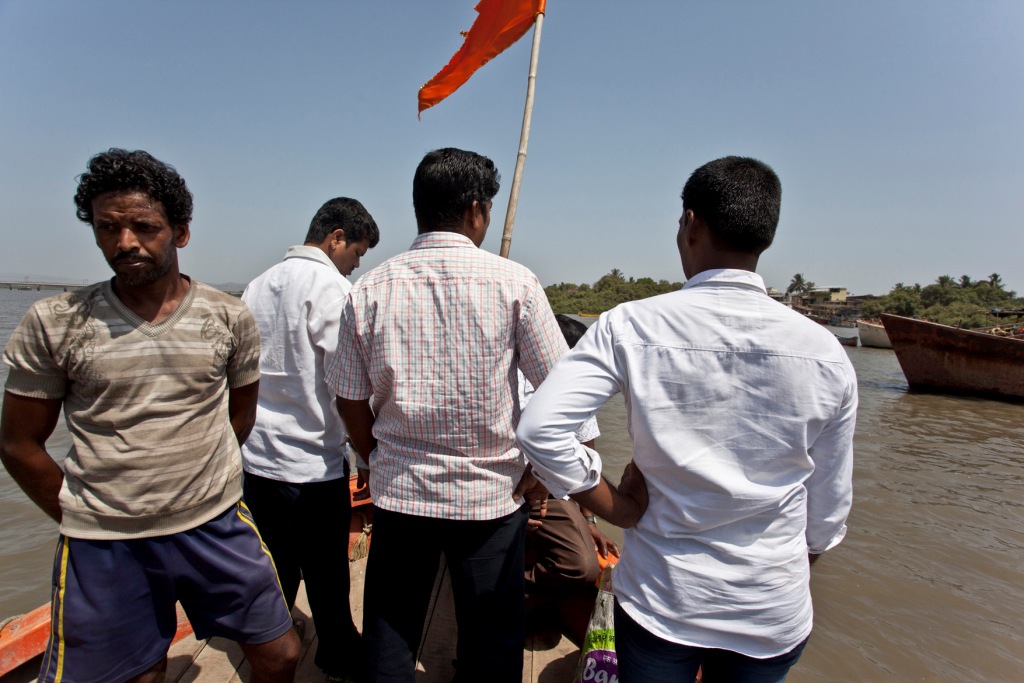



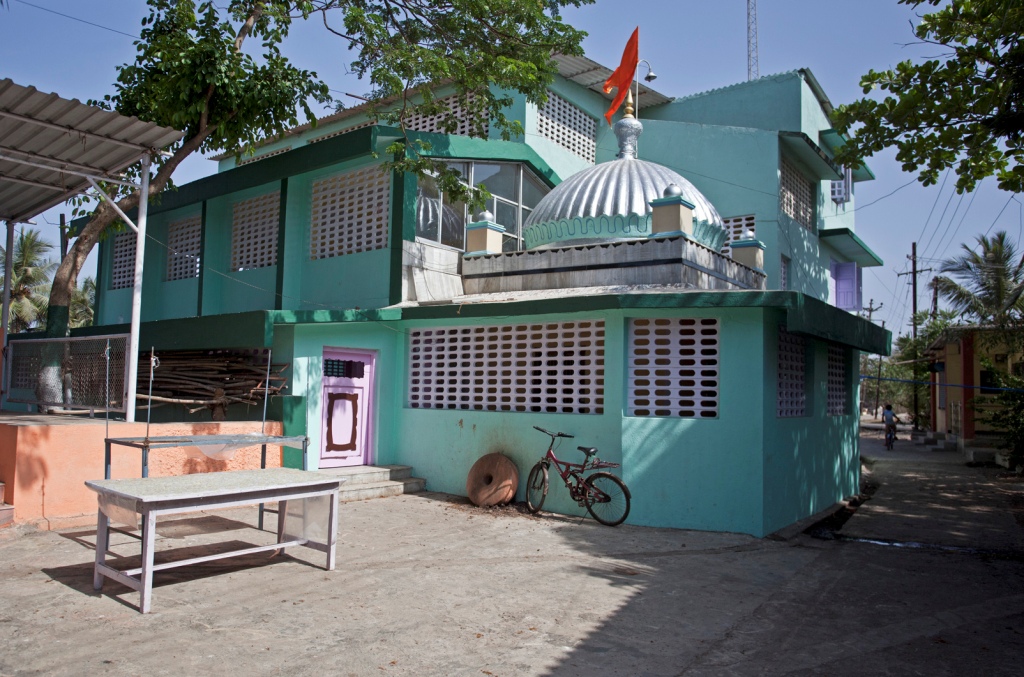
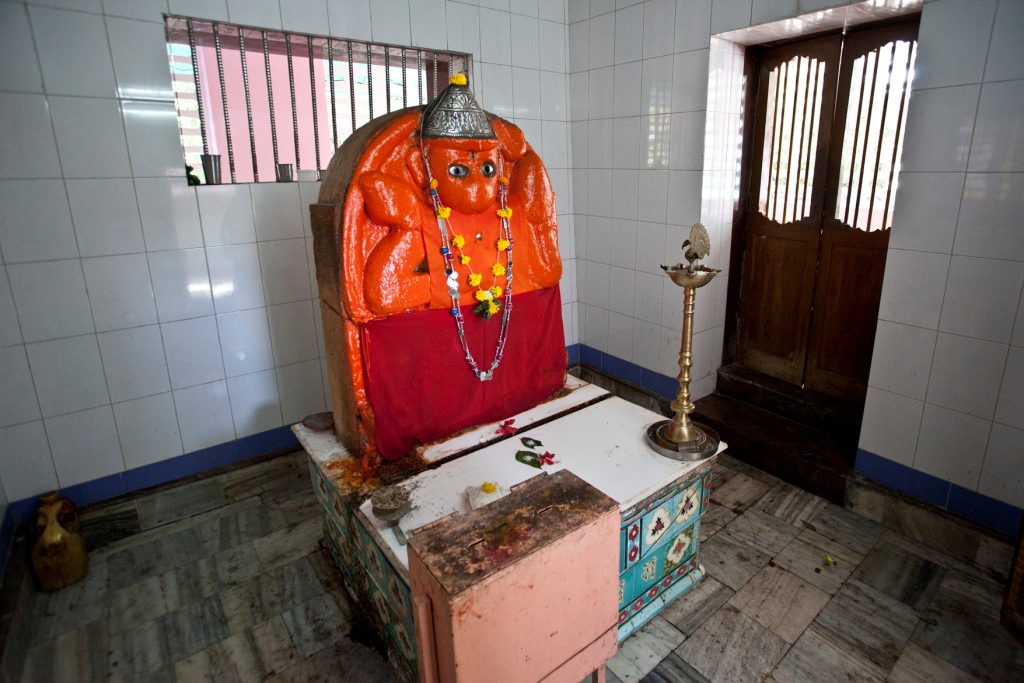
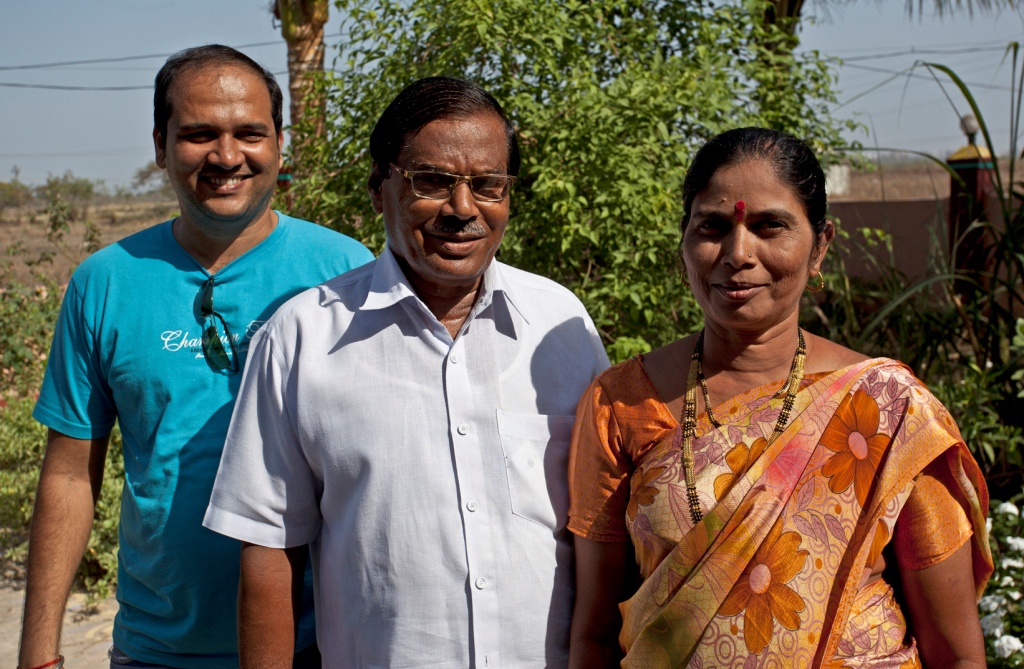
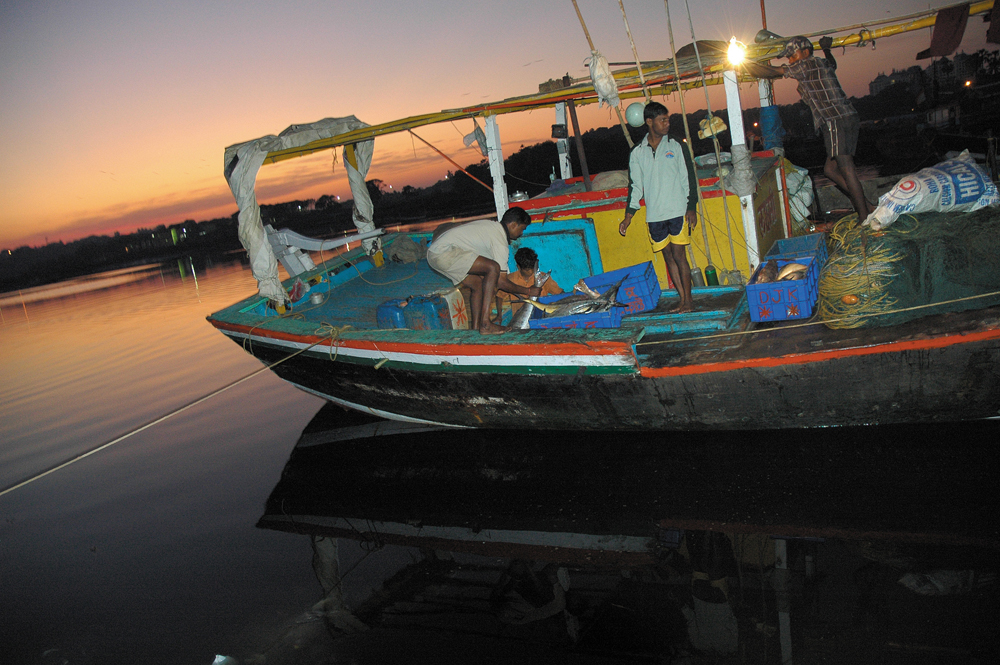


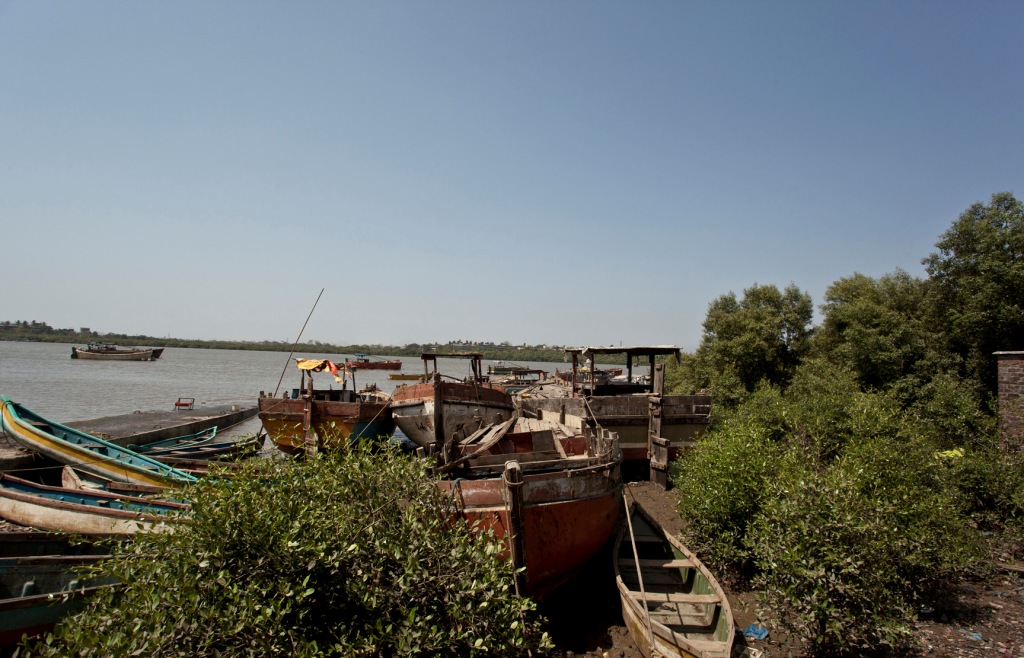
To visit Panju village, get in touch with Kiran Bhoir, Panju resident and founder of KMC Travels, here.
His desire to explore new cultures and the symbiosis between people and their environment manifest into photo-essays and stories that depict life as-it-is, where the mundane and extraordinary are both reflected back in brighter colours.
Like this story? Or have something to share? Write to us: [email protected], or connect with us on Facebook and Twitter.
NEW: Click here to get positive news on WhatsApp!
If you found our stories insightful, informative, or even just enjoyable, we invite you to consider making a voluntary payment to support the work we do at The Better India. Your contribution helps us continue producing quality content that educates, inspires, and drives positive change.
Choose one of the payment options below for your contribution-
By paying for the stories you value, you directly contribute to sustaining our efforts focused on making a difference in the world. Together, let’s ensure that impactful stories continue to be told and shared, enriching lives and communities alike.
Thank you for your support. Here are some frequently asked questions you might find helpful to know why you are contributing?


This story made me
-
97
-
121
-
89
-
167











